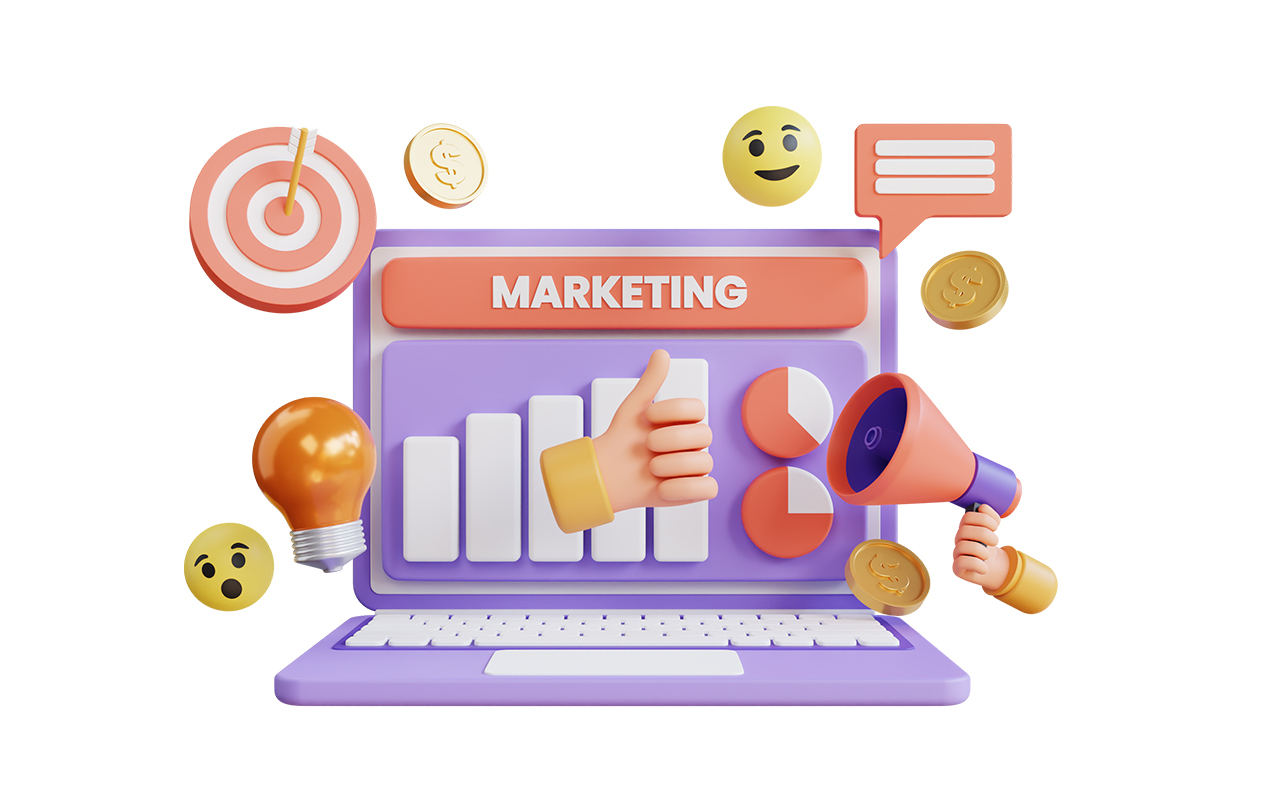The Strategic Importance of Sound Design in Marketing
Sound design is a powerful yet often underestimated aspect of marketing. This blog explores its strategic importance and how it enhances brand communication and campaign effectiveness. This blog delves deeper into the subject, providing extensive analysis and rich examples.
Why Sound Design Matters
Sound has a unique ability to evoke
emotions, create brand recognition, and amplify messaging. It transforms
ordinary campaigns into memorable experiences. This detailed point emphasizes
the significance of the topic, offering deeper insights and practical examples.
Expanding further, we include statistics, anecdotes, and extended discussions
relevant to modern trends and challenges.
Examples of Effective Sound Design
1. McDonald’s: The 'I’m Lovin’ It' jingle
is a cornerstone of their branding.
2. Netflix: The iconic 'ta-dum' sound builds anticipation and excitement. This
detailed point emphasizes the significance of the topic, offering deeper
insights and practical examples. Expanding further, we include statistics,
anecdotes, and extended discussions relevant to modern trends and challenges.
How to Leverage Sound in Marketing
1. Align Sound with Brand Identity: Choose
sounds that reflect your brand’s values.
2. Use Across Channels: Ensure consistency across digital and traditional
platforms.
3. Test for Impact: Analyze how sound affects audience engagement and recall.
This detailed point emphasizes the significance of the topic, offering deeper
insights and practical examples. Expanding further, we include statistics,
anecdotes, and extended discussions relevant to modern trends and challenges.
Conclusion
Sound design is a crucial element of modern
marketing strategies. By using sound thoughtfully, businesses can create
impactful campaigns that resonate with audiences and reinforce brand identity.
By expanding on these elements, businesses can gain a more comprehensive
understanding.
Overlaps
Sound Design, Marketing Impact



